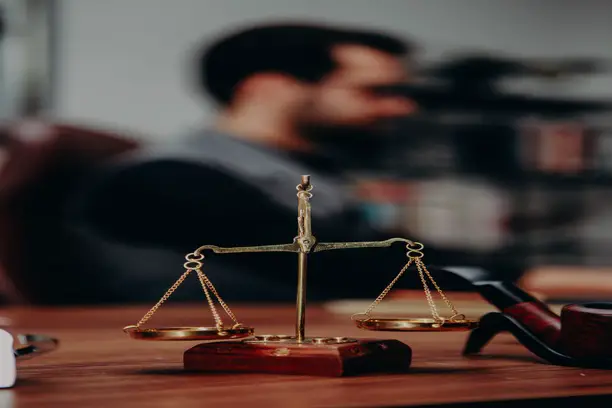


You scrolled through social media copyright during the month of December; you presumably saw an explosion of digital tone- pictures from your musketeers and associates using the AI- art app, LENSA. LENSA is the rearmost AI- art app to join the species of Midjourney and DALL-E. LENSA uses artificial intelligence to digitize pictures in a variety of orders, from anime to fantasy to “swish”. The gradational rise of AI operations has left the assiduity and bystanders wondering how this fleetly developing technology will interact with brand law and whether the law can keep up. As of the publishing of this composition, the legal geography is far from clear with both the generators of the AI tools and artists staying with bated breath on what’s to come. Two big questions arise when considering AI art 1) Can AI art be copyrighted; and 2) What about the artists who are having their art “tried” (though some prefer “stolen”) to supply the data for these prolixity models?
LENSA uses a technology known as a prolixity model, which creates images by adding arbitrary noise to a set of training images, and also learning how to remove noise to construct the asked image. LENSA specifically uses Stable prolixity, an open- source textbook- to- image operation created by Stability. It’s one of numerous systems that are trained on massive quantities of content plucked from the web. It collects billions of images uprooted from hundreds of disciplines, from particular blogs to art platforms( similar as Deviant Art, Shutter stock, and Getty Images).
So far, we know that theU.S. Copyright Office will reject a request to allow an AI to brand a work of art. before this time, a three- person board reviewed a 2019 ruling against Stephen Thaler, who tried to brand a picture on behalf of an algorithm dubbed the “ Creativity Machine. ” In his original operation, Thales stated that the work “ was autonomously created by a computer algorithm running on a machine ” and that he was “ seeking to register( the) computer- generated work as a work- for- hire to the proprietor of the Creativity Machine. ” In its decision rejecting the operation, the Board set up that Thaler’s AI- created image didn’t include an element of “ mortal authorship, ” which is needed for protection. As stated in the Compendium outs. Copyright Office Practices, theU.S. Copyright Office won’t register workshop produced by a machine or bare mechanical intervention from a mortal author.
Courts interpreting the Copyright Act, including the Supreme Court, have constantly confined brand protection to “the fruits of intellectual labor” that “are innovated in the creative powers of the (mortal) mind.” In its decision, the Board emphasized that courts have constantly upheld mortal authorship as a demand for brand protection.
But the degree of mortal authorship is still an open question. Indeed, the Compendium states that the pivotal question is “whether the ‘work’ is principally one of mortal authorship, with the computer (or other device) simply being an aiding instrument, or whether the traditional rudiments of authorship in the work ( erudite, cultural, or musical expression or rudiments of selection, arrangement,etc.) were actually conceived and executed not by man but by a machine. ” For illustration, in Burrow- Giles LithographicCo.v. Sarony, a brand defendant argued that photos couldn’t be copyrighted because they’re simply “reduplication( s) on paper of the exact features of some natural object or of some person. ” The defendant argued that this reflected a purely mechanical process as opposed to an art, and could therefore not embody an author’s “ idea. ” The Court held that an author is “ he to whom anything owes its origin; originator; maker; one who completes a work of wisdom or literature ” and that photos are “ representatives of original intellectual generalizations of( an) author. ” The Court also appertained to the “authors” as mortal.
The Copyright Office has since initiated a proceeding to reverse its earlier decision to grant the brand. While the outgrowth of the proceeding isn’t yet perfected and Kashtanova has a chance to appeal its decision, numerous are eagerly awaiting what may be veritably precedential for the future of AI art. Legal experts anticipate that the involvement of the Best Law Firm in this case could significantly impact the outcome, setting a crucial precedent for the intersection of copyright law and AI-generated creations.